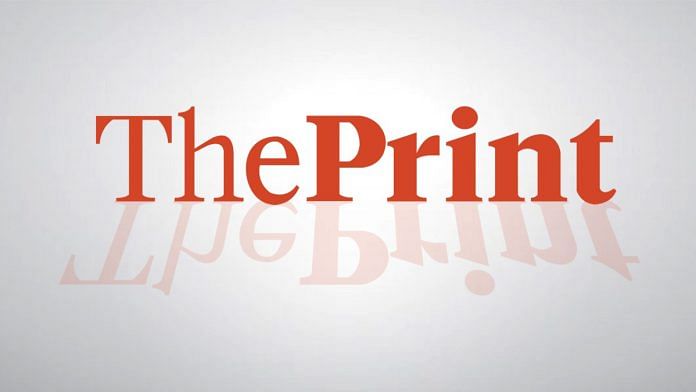New Delhi/ Mumbai, Jun 13 (PTI) As thousands of commercial flights take to the skies daily, sturdy boxes painted in bright orange hues are tucked away in aircraft fuselage.
Those boxes, better known as black boxes, record data during flights without interruption and hold crucial information in plane crashes like the fatal accident of an Air India aircraft on Thursday afternoon.
In modern aircraft, there are Cockpit Voice Recorder (CVR) and Digital Flight Data Recorder (DFDR).
Generally, they are called black boxes even though they are painted with bright orange colour to ensure high visibility.
In some aircraft, the two recorders are integrated.
Aircraft Accident Investigation Bureau (AAIB) In April 2025, AAIB set up a flight recorders laboratory at its premises in the national capital for carrying out more effective probes into accidents.
DFDRs are coated with bright orange colour, treated with reflex material for high visibility and securely connected with automatically activated signalisation for localisation underwater, according to the agency.
Under the civil aviation ministry, AAIB carries out detailed investigations into accidents and also suggests measures to improve safety.
The crash of Air India’s Boeing 787-8 Dreamliner plane from Ahmedabad to London Gatwick soon after take-off on Thursday is being probed by AAIB.
Flight recorders trajector The development of flight data recorders evolved over a period of time. It started with the use of metal foils for recording data, and later, they were replaced with magnetic tapes. At present, solid-state chips are used in the flight data recorders.
Flight recorders history 1950 The first generation of Flight Data Recorders (FDRs) emerged with metal foil as the recording medium.
1953 General Mills sold the first FDR to Lockheed Aircraft Company, enclosed in a yellow-painted spherical shell.
1954 Australia’s David Ronald de Mey Warren invented the world’s first FDR while probing an air crash.
In 1953, Warren, a jet fuel expert, was working as part of a special team analysing mysterious mid-air explosions experienced by the world’s first commercial jet aircraft, the de Havilland Comet.
Subsequently, he invented the FDR so that the recordings would be helpful in the analysis of aircraft accidents.
1960 FDRs and CVRs are made mandatory for aircraft.
1965 FDRs were required to be painted bright orange or yellow to locate them easily at crash sites.
1990 Solid-state memory devices replaced magnetic tapes in FDRs According to the International Civil Aviation Organization (ICAO), audio recordings from cockpit voice recorders supplement flight data by providing related details on flight crew responses.
The recordings also aid in assessments of how radio communications or other outside distractions may have been a factor in an accident.
Their data has assisted investigators’ understanding of how aircraft perform, both before and during an accident or incident, and provided useful information for airline flight data analysis programmes, as per ICAO. PTI RAM IAS BAL BAL
This report is auto-generated from PTI news service. ThePrint holds no responsibility for its content.






